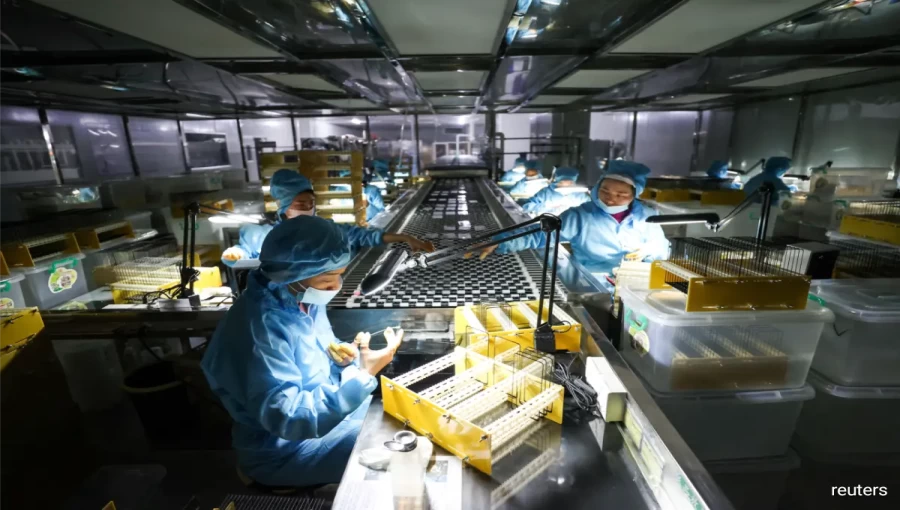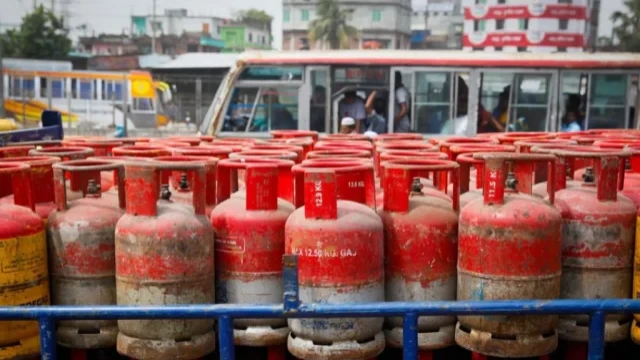TOKYO, Sept 2 (V7N)- Asian factories, including China's manufacturing sector, showed signs of a tentative recovery in August, according to private surveys released on Monday. The Caixin/S&P Global manufacturing purchasing managers' index (PMI) for China rose to 50.4, up from 49.8 in July, surpassing analysts' expectations and indicating a shift from contraction to growth. This reading primarily reflects smaller, export-oriented firms and presents a more optimistic outlook compared to an official PMI survey that indicated ongoing declines in manufacturing activity.
In addition to China, factory activity in South Korea and Taiwan also expanded in August, while Japan experienced a slower rate of contraction, bolstered by strong global demand for semiconductors and a rebound in car production following a temporary suspension due to a safety scandal. However, manufacturing activity contracted in Malaysia and Indonesia, highlighting the challenges some regional economies face due to China's prolonged economic slowdown.
Despite these positive signs in certain sectors, analysts caution that the overall economic outlook remains clouded by potential slowing growth in the U.S., which could lead to interest rate cuts by the Federal Reserve. Concerns about the upcoming U.S. presidential election further complicate the economic landscape. Toru Nishihama, chief emerging market economist at Dai-ichi Life Research Institute, noted that while chip-producing countries are performing relatively well, the slowdown in China will continue to impact manufacturing activity across Asia.
Japan's final au Jibun Bank manufacturing PMI rose to 49.8 in August, indicating a contraction for the second consecutive month but at a less severe rate than in July. South Korea's PMI improved to 51.9, reflecting strong domestic demand. Conversely, Malaysia's PMI remained flat at 49.7, while Indonesia's fell to 48.9, indicating a contraction.
The International Monetary Fund (IMF) projects a soft landing for Asia's economies, anticipating a slowdown in growth from 5% in 2023 to 4.5% in 2024 and 4.3% in 2025, as moderating inflation allows central banks to ease monetary policies to support growth.































Comment: